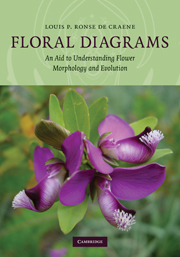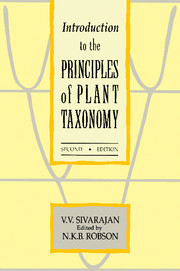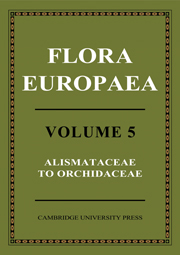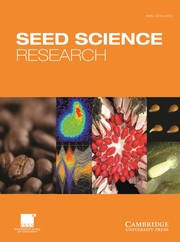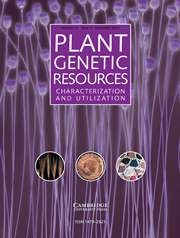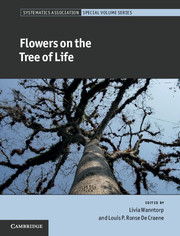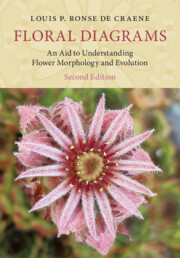Floral Diagrams
Floral morphology remains the cornerstone for plant identification and studies of plant evolution. This guide gives a global overview of the floral diversity of the angiosperms through the use of detailed floral diagrams. These schematic diagrams replace long descriptions or complicated drawings as a tool for understanding floral structure and evolution. They show important features of flowers, such as the relative positions of the different organs, their fusion, symmetry, and structural details. The relevance of the diagrams is discussed, and pertinent evolutionary trends are illustrated. The range of plant species represented reflects the most recent classification of flowering plants based mainly on molecular data, which is expected to remain stable in the future. This book is invaluable for researchers and students working on plant structure, development and systematics, as well as being an important resource for plant ecologists, evolutionary botanists and horticulturists.
- Highly illustrated, with over 180 schematic floral diagrams
- Reflects the new classification of flowering plants, which is based mainly on molecular data
- A glossary of technical terms makes the text accessible to the non-specialist
Reviews & endorsements
'… a seemingly simple idea which has proved to be a powerful and effective way to describe and understand one of the great bounties of nature … This volume comprises a modern treatment of this deceptively simple technique in the context of the latest developments in angiosperm evolution and taxonomy, including recent molecular and phylogenetic advances. … a valuable and insightful resource for researchers, students and the general botanist.' The Biologist
Product details
April 2010Adobe eBook Reader
9780511686061
0 pages
0kg
182 b/w illus. 2 tables
This ISBN is for an eBook version which is distributed on our behalf by a third party.
Table of Contents
- 1. Introduction: flower morphology
- 2. Floral diagrams
- 3. Floral diagrams used in this book
- 4. Systematic significance of floral diagrams
- 5. Conclusions
- 6. References
- 7. Glossary
- Index.

